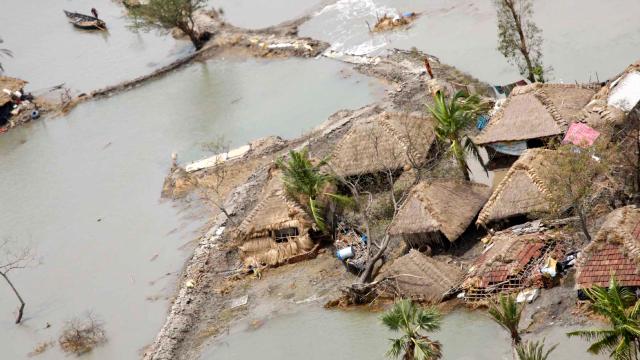When we think of the future of food, we think of crops that are bred to be stronger, more production, and even more nutritious. But it turns out that these super-crops can have unexpected weaknesses — as one scientist realised after a cyclone hit eastern India in 2009.
Over the past few years, we’ve heard a lot about what foods may not survive the changes our Earth is currently going through, from corn to coffee, and even about the labs where scientists are growing more resilient ones. But in some cases, it seems that we should actually looking back at foods from the past.
In a fascinating story on Ensia, we meet Debal Deb, a scientist who runs his own rice seed bank. After a cyclone hit the region in 2009, salt water from flooding ended up killing the remaining rice crops — most of which were “modern, high-yield” varieties designed to produce more food with fewer resources. But these wonder-rices weren’t good at one thing: Surviving exposure to salt in the soil.
That posed a huge problem for inhabitants who depend on rice to live — and so Deb became an unlikely hero. Shreya Dasgupta explains:
Most traditional rice varieties, including the ones Deb carried that day, are adapted to local climates and regions. But with the advent of modern high-yielding varieties of rice, local varieties became disused, and many were subsequently lost. Fortunately, a handful of rice conservationists in India have managed to save some of them.
Deb has spearheaded the effort to distribute these traditional — and salt-tolerant, thanks in part to his strategic cultivation — types of rice to farmers in the region, making them more resilient in the face of the ever-worsening storms and floods.
Modern science and botany has given us the power to build better foods — but it turns out that nature is still a pretty damn good engineer, too. [Ensia; H/t Climate Central]
Lead image: An aerial view of an isolated and marooned village is seen in the Gosaba area near Sundarbans, on, Wednesday, May 27, 2009, after Cyclone Aila pounded eastern India and Bangladesh, killing at least 191 people. AP Photo/Indian Defence Ministry, HO
